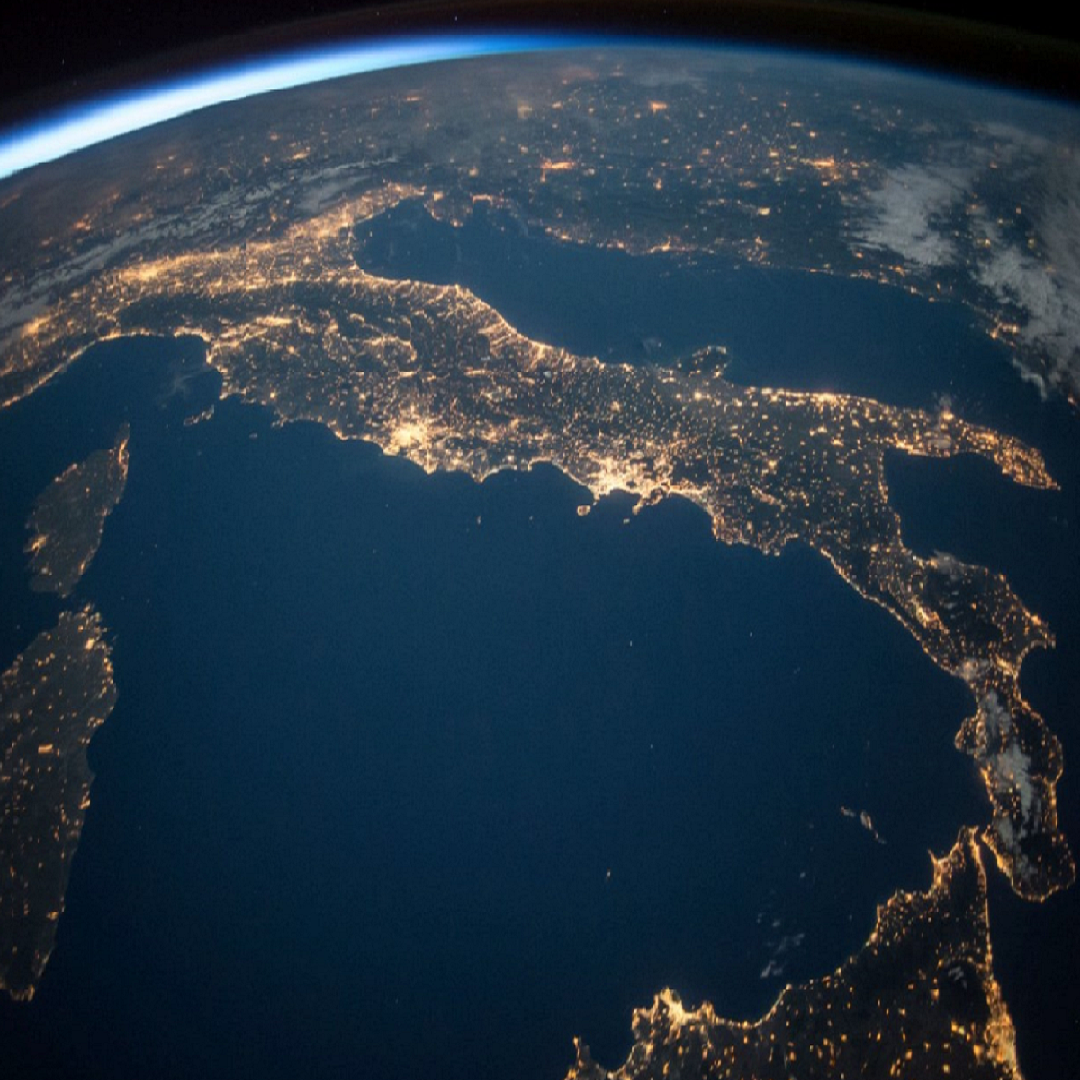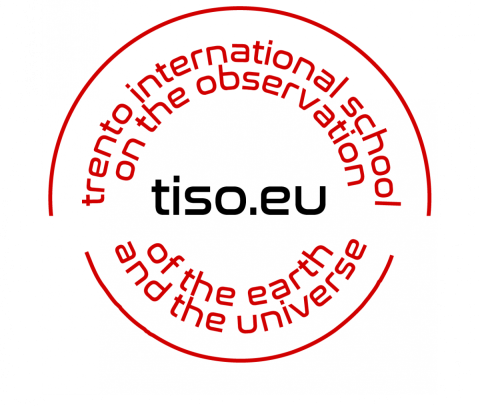
Introduction to Spaceborne Radars for SSA

Abstract
The space environment around planet Earth comprises a variety of nonhomogeneous and nonstationary fluxes of natural and man-made junk, which may collide with strategic orbital infrastructure, jeopardize the space economy, and pose a severe threat to the Homeland Protection (HP). To this end, large ground-based radars and optical telescopes allow monitoring debris populations by forming fence coverage areas along with a grueling data fusion for orbit estimation while coping with limits related to temporal and spatial observation constraints, atmospheric hindrances, and detection performance (especially with respect to small-size targets). Recently, research efforts have also been devoted to contriving an active space-based debris detection and tracking capability in the microwave region to complement current surveillance assets for an improved Space Situational Awareness (SSA). Accordingly, this short lecture presents a brief introduction to novel Spaceborne Radar (SBR) archetypes for SSA.
Online attendance
Join the meeting with Microsoft Teams.
